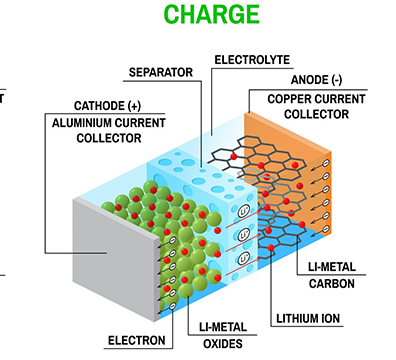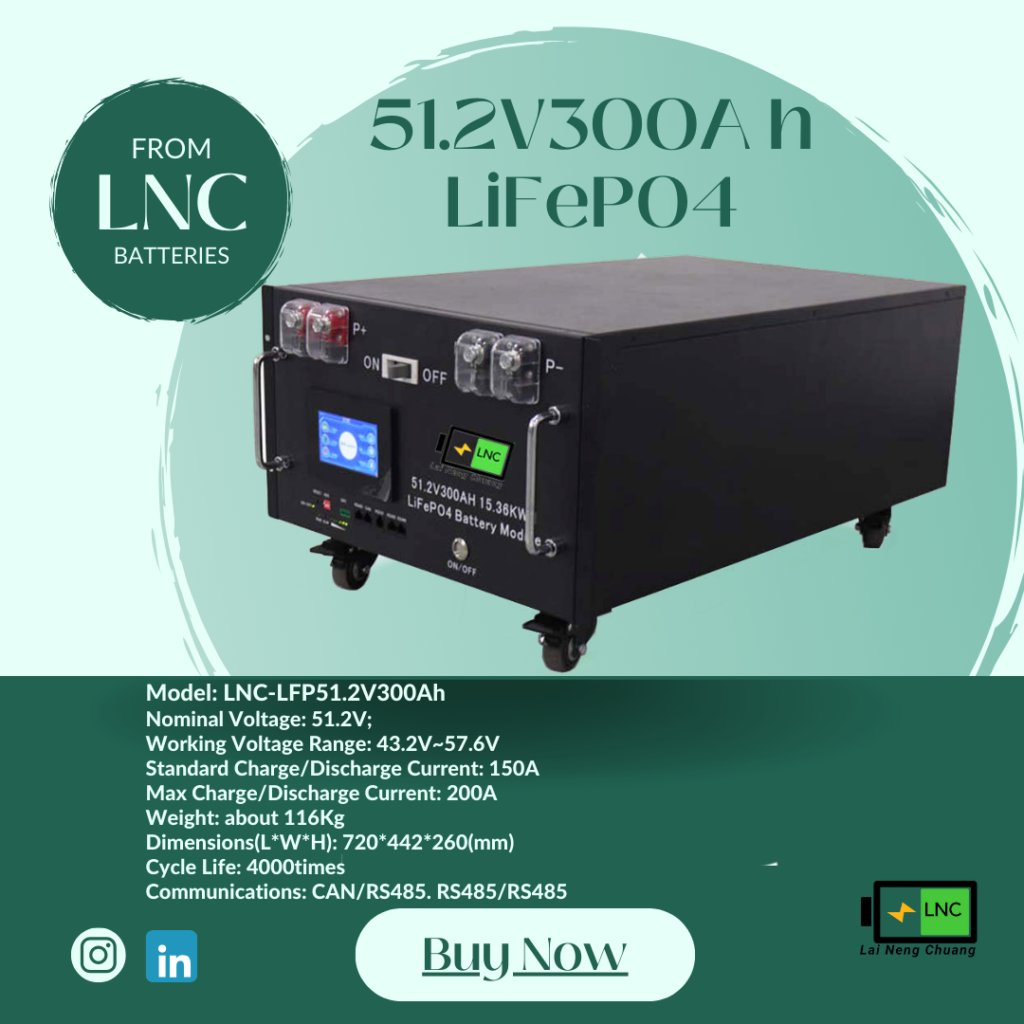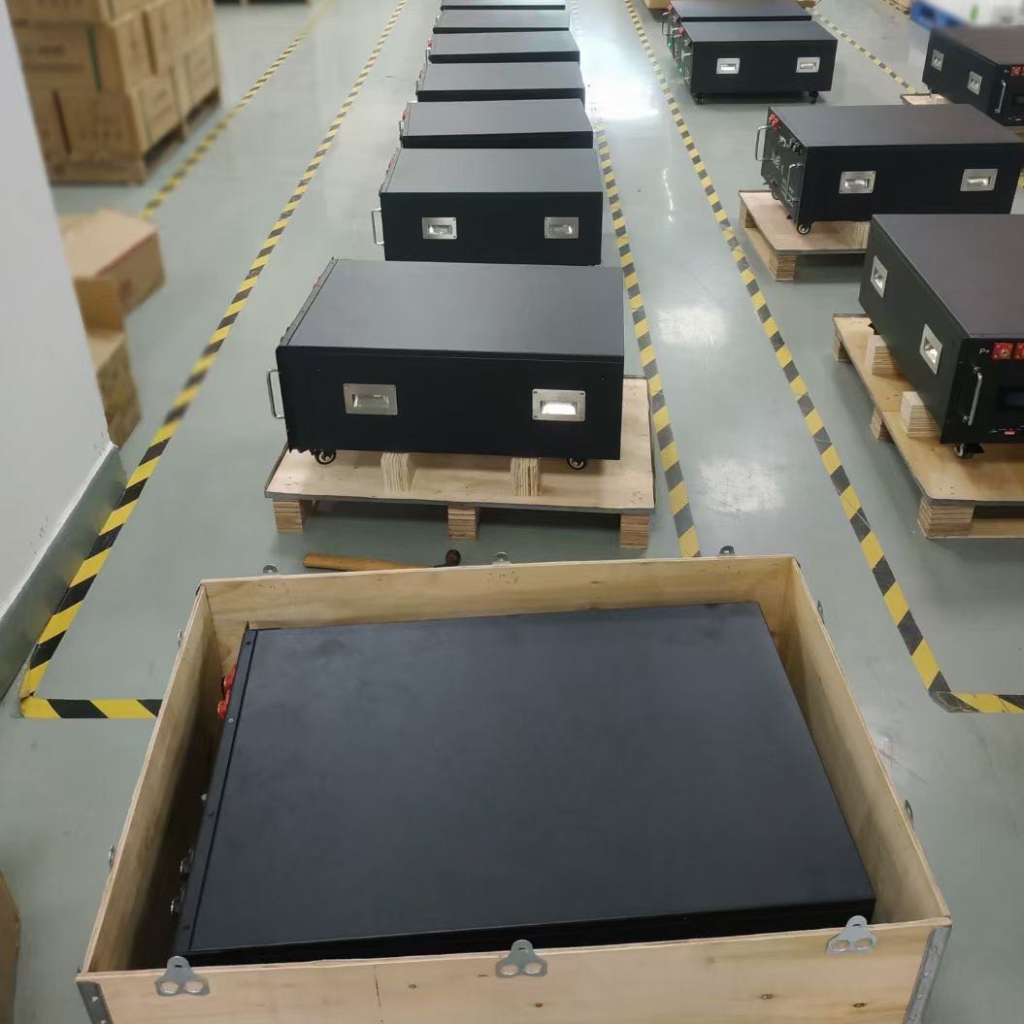
Similar Posts

100 Questions about Batteries
Basic Principles and Terminology of Batteries 1.What is a battery? A battery is a device for energy conversion and storage that converts chemical energy or physical energy into electrical energy through reactions. Based on the energy conversion, batteries can be classified into chemical batteries and physical batteries. Chemical batteries or cells convert chemical energy into…

WBE2023
2023 The 8th World Battery Industry ExpoAnd Asia Pacific Battery Exhibition / Asia Pacific Energy Storage Exhibition From August 8th to 10th, 2023, the 8th WBE2023 World Battery Industry Expo and Asia Pacific Battery Exhibition/Asia Pacific Energy Storage Exhibition (“WBE2023”) will be proudly opened in Area A of the Guangzhou Canton Fair Complex. The scope…

Comparison of advantages and disadvantages between liquid cooling and air cooling.
Why does industrial and commercial energy storage choose liquid cooling for thermal management? Comparison of advantages and disadvantages between liquid cooling and air cooling. What is a liquid cooling system? A liquid cooling system, also known as liquid cooling, is a technology that uses liquid as a cooling medium to absorb and transfer heat. This…

12.8V 60Ah LiFePO4 battery
LNC1260 model pass UN38.3/MSDS/Air and sea Testimonial. For Lithium ion battery including lifepo4 battery, its safety transportation paper is UN38.3 report, whose tests including 1, Altitude simulation/Thermal test/Vibration/Shock/External short circuit/ Crush or Impact/Overcharge/Forced discharge for both cells and battery pack. LNC choose A grade cells, and robust BMS to make battery pack safest. All cells…

Common Parameters and Formulas for Lithium-ion Batteries
(1) Theoretical Capacity of Electrode Material The theoretical capacity of the electrode material, assuming that all lithium ions in the material participate in the electrochemical reaction, is calculated using the following formula: Theoretical capacity(mAh/g)=Faraday constant F (C/mol)*Li’quantity*[1/molecules‘qunatity(mol/g)]*[1/3.6(mAh/C)] Where the Faraday constant (F) represents the charge carried by each mole of electrons, with a unit of…

Self discharge method
Self-discharge methods of lithium batteries: static and dynamic! Lithium-ion battery self-discharge measurement methods are mainly divided into two kinds: 1) static measurement method, the self-discharge rate is obtained by standing the battery for a long time; 2) dynamic measurement method, the battery is realized in the dynamic process through parameter identification. Static measurementAt present, the…






